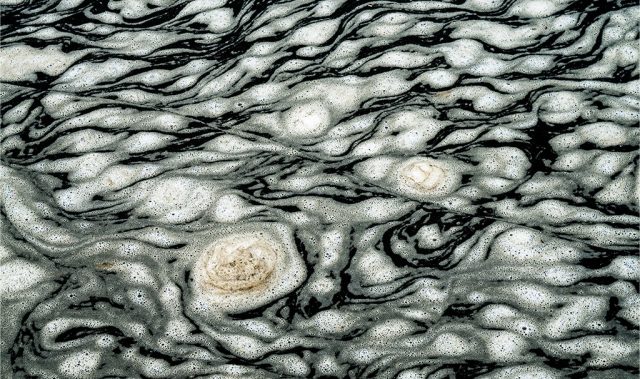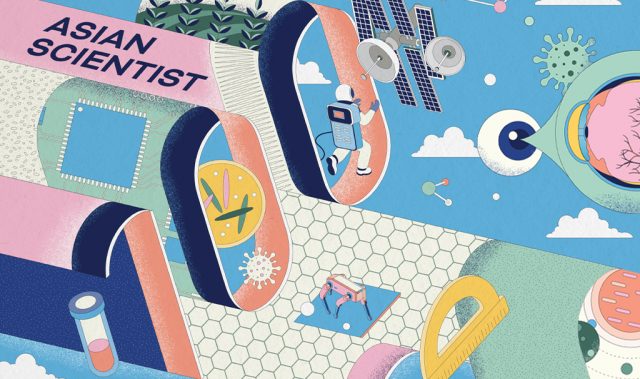
AsianScientist (May 29, 2014) – Striving for the protein equivalent of the Human Genome Project, an international team of researchers has created an initial catalog of the human “proteome,” a map of all the proteins in the human body. The results of the study, along with a second independent map produced by researchers at Technische Universität München, have been published in the journal Nature.
The team led by researchers at the Johns Hopkins University and the Institute of Bioinformatics in Bangalore, India, identified proteins encoded by 17,294 genes, covering approximately 84 percent of all of the genes in the human genome predicted to encode proteins. In addition, they also identified 193 novel proteins that came from regions of the genome not predicted to code for proteins, suggesting that the human genome is more complex than previously thought.
“You can think of the human body as a huge library where each protein is a book,” says Dr. Akhilesh Pandey, a professor at the Johns Hopkins University and the founder and director of the Institute of Bioinformatics. “The difficulty is that we don’t have a comprehensive catalog that gives us the titles of the available books and where to find them. We think we now have a good first draft of that comprehensive catalog.”
While genes determine many of the characteristics of an organism, they do so by providing instructions for making proteins. For this reason, many investigators consider a catalog of human proteins — and their location within the body — to be even more instructive and useful than the catalog of genes in the human genome.
Studying proteins is far more technically challenging than studying genes, Pandey notes, because the structures and functions of proteins are complex and diverse. A mere list of existing proteins would not be very helpful without accompanying information about where in the body those proteins are found. Therefore, most protein studies to date have focused on individual tissues, often in the context of specific
diseases, he adds.
To achieve a more comprehensive survey of the proteome, the research team began by taking samples of 30 tissues, extracting their proteins and using enzymes to cut them into smaller pieces called peptides. They then ran the peptides through mass spectrometers to deduce their identity and measure their relative abundance.
“By generating a comprehensive human protein dataset, we have made it easier for other researchers to identify the proteins in their experiments,” says Pandey. “We believe our data will become the gold standard in the field, especially because they were all generated using uniform methods and analysis, and state-of-the-art machines.”
While the draft map cannot fully capture the complexity of the human proteome, it nevertheless provides a solid foundation that others can reliably build upon. Researchers can access the interactive database for free at the Human Proteome Map.
The article can be found at: Kim et al. (2014) A Draft Map of the Human Proteome.
——
Source: John Hopkins University; Photo: Human Proteome Map.
Disclaimer: This article does not necessarily reflect the views of AsianScientist or its staff.












